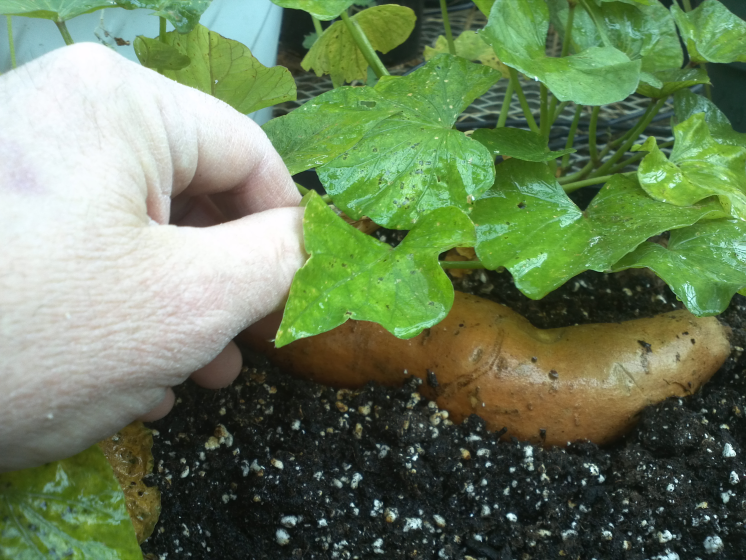Many long time gardeners have tried to save seeds only to let them go after a year or two. There’s been a few times in years past when, for one reason or another, I’ve let varieties slip through my fingers.
The best luck I’ve had is keeping my own variety of tomato seeds for years, as I’ve written about in past blog posts. But that pales in comparison to an Ann Arbor, Michigan area gardener who died recently. He left behind a collection of seeds that he had been saving for decades. Over 60 varieties of heritage annuals, biennials and vegetable seeds are in this treasure trove.
All of that valuable plant genetics could have been lost in a single year if not for a group of like-minded gardeners. Several of his friends got together and came up with a plan to save the work of that dedicated seed saver.
Each person took a few varieties and agreed to grow them. Then, at the end of the season, they would harvest the seeds and share them with the rest of the group. That way no one particular gardener had to take on the responsibility of growing all 60 varieties.
Many of those plant varieties were around before the gardener was born. The seeds passed into his hands for awhile, he nurtured and propagated them. Now they are passing into new hands.
What a terrific gift to pass on to a new generation.
Bob

